Rising Demand for Animal Protein
The increasing The Zootechnical Feed Additive Industry. As consumers become more health-conscious, the need for high-quality meat, dairy, and eggs has surged. This trend is reflected in the projected growth of the livestock sector, which is expected to expand significantly in the coming years. According to recent estimates, the demand for animal protein is anticipated to increase by over 30% by 2030. Consequently, livestock producers are increasingly turning to feed additives to enhance growth rates, improve feed efficiency, and ensure animal health. This shift is likely to bolster the Zootechnical Feed Additive Market, as producers seek to meet consumer expectations while maintaining sustainable practices.
Focus on Animal Health and Welfare
The growing emphasis on animal health and welfare is a pivotal driver for the Zootechnical Feed Additive Market. As consumers become more aware of the conditions under which livestock are raised, there is a heightened demand for products that promote animal well-being. Feed additives play a crucial role in enhancing the health of livestock by improving gut health, boosting immunity, and preventing diseases. The market for probiotics and prebiotics, for instance, has seen substantial growth, with estimates suggesting a compound annual growth rate of over 10% in the next five years. This focus on health and welfare not only aligns with consumer preferences but also encourages livestock producers to adopt innovative feed solutions, thereby propelling the Zootechnical Feed Additive Market forward.
Sustainability and Environmental Concerns
Sustainability has emerged as a critical concern within the agricultural sector, influencing the Zootechnical Feed Additive Market. As environmental regulations become more stringent, livestock producers are under pressure to reduce their carbon footprint and improve resource efficiency. Feed additives that enhance nutrient absorption and reduce waste are increasingly sought after. For instance, the use of enzymes in feed formulations can significantly lower the environmental impact of livestock production by improving feed conversion rates. This trend is expected to drive the market, as producers look for sustainable solutions that align with regulatory requirements and consumer expectations. The Zootechnical Feed Additive Market is likely to benefit from innovations that promote eco-friendly practices in animal husbandry.
Technological Advancements in Feed Formulation
Technological advancements in feed formulation are reshaping the Zootechnical Feed Additive Market. Innovations such as precision nutrition and the use of data analytics are enabling producers to optimize feed formulations tailored to the specific needs of livestock. This approach not only enhances growth performance but also minimizes feed costs, which is crucial in a competitive market. The integration of artificial intelligence and machine learning in feed production processes is expected to further streamline operations and improve efficiency. As these technologies become more accessible, the Zootechnical Feed Additive Market is likely to experience a surge in demand for customized feed solutions that cater to diverse livestock requirements.
Increasing Regulatory Support for Feed Additives
Regulatory support for the use of feed additives is a significant driver of the Zootechnical Feed Additive Market. Governments and regulatory bodies are increasingly recognizing the benefits of feed additives in promoting animal health and improving food safety. This has led to the establishment of guidelines and approval processes that facilitate the introduction of new additives into the market. For example, the approval of novel feed ingredients and additives is expected to expand the range of products available to livestock producers. As regulations evolve to support innovation while ensuring safety, the Zootechnical Feed Additive Market is poised for growth, as producers seek compliant solutions that enhance productivity and animal welfare.


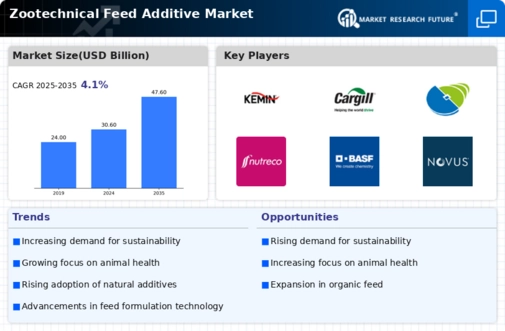
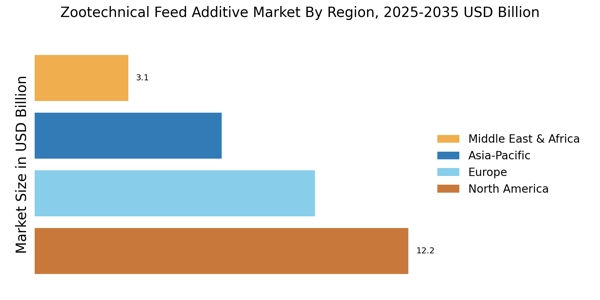
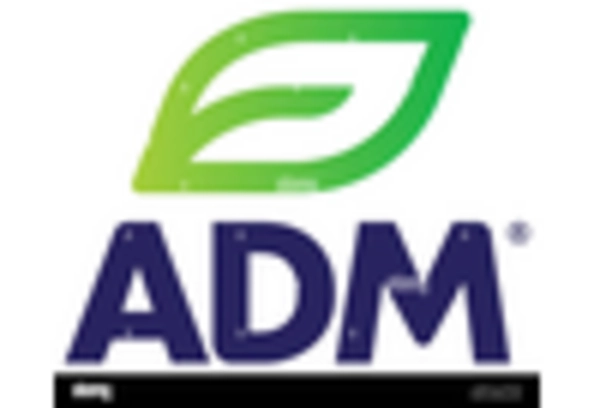
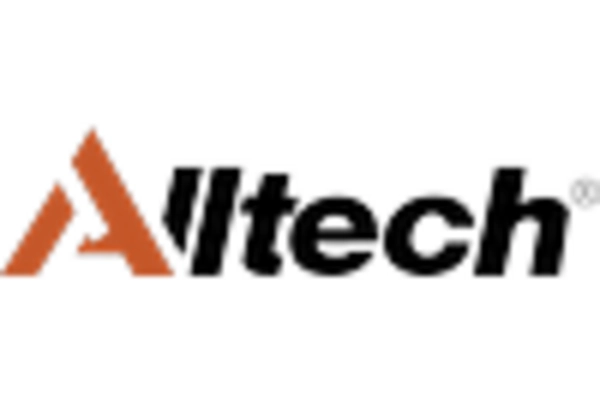


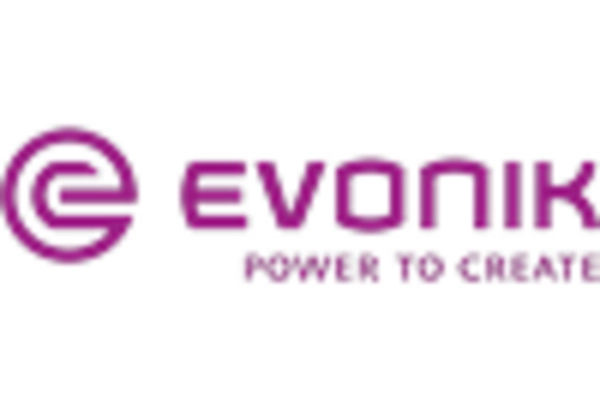
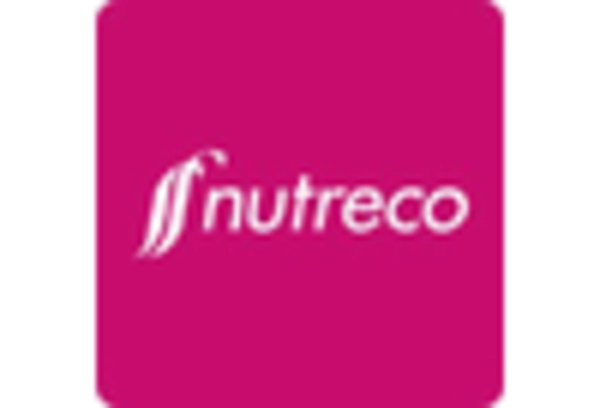








Leave a Comment